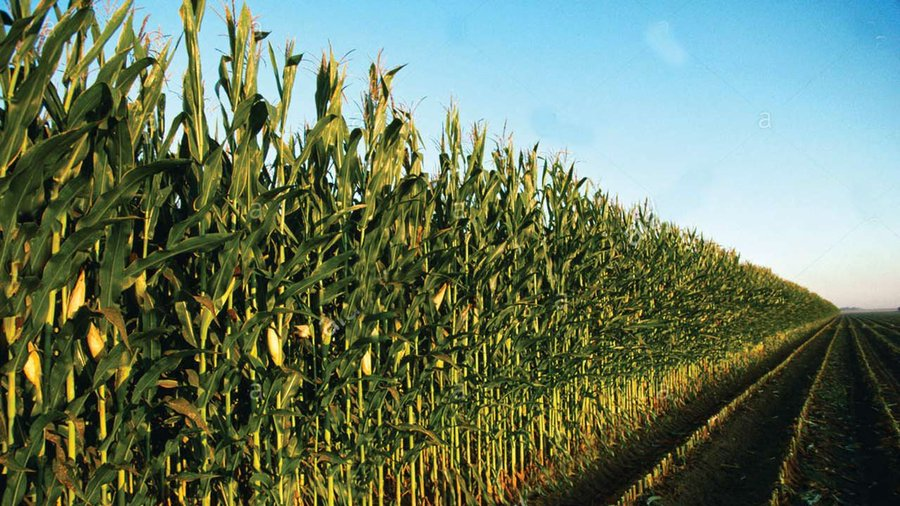Agricultural Insurance: A Vital Strategy for Kenyan Farmers to Increase Yields


The agricultural sector is the backbone of Kenya’s economy, contributing approximately 20 percent of the Gross Domestic Product (GDP). According to the Agriculture Sector Survey from January 2024, released by the Central Bank of Kenya, this sector alone employs over 40 percent of the total population and 70 percent of the rural population. Many of these workers are smallholder farmers, many of whom are also members of cooperative societies.
With growing investments in value addition by both local companies and incoming multinational firms, the agricultural sector is poised to play a key role in creating quality jobs across manufacturing units, transport, laboratories, and sales and marketing. This importance is further highlighted by population growth, which continues to drive global food demand.
While these investments and population growth create new opportunities, challenges like climate change and rising input costs cast a shadow over potential gains. Farmers often lack a safety net to recoup investments when crop failures occur.
To boost food production, farmers, supported by the government and their cooperatives, are increasingly adopting new technologies that promise to enhance yields. They are also diversifying their crops to reduce the risks associated with crop failures.
Despite the successes seen in part due to cooperative societies, unmitigated crop failures and livestock losses have left many Kenyan farmers in financial hardship, often without the resources to reinvest in their agricultural ventures.
This situation calls for solutions that incorporate modern technology, particularly for weather analysis to predict patterns. These tools are now employed by insurance providers, who offer crop index-based insurance products to farmers in selected regions, supporting crop farming. In Kenya’s semi-arid north, livestock index-based insurance products are available for pastoralist communities.
A recent study by the Food and Agriculture Organization of the United Nations revealed that over the past 30 years, approximately KES 490 trillion (USD 3.8 trillion) worth of crops and livestock production has been lost globally due to disasters, averaging KES 15.9 trillion (USD 123 billion) in losses per year.
Given these challenges, farmers must innovate and adapt to climate changes by choosing insurance policies that offer the best protection against unforeseen events.
Ease of Doing Business
According to insurance research by KFF, having insurance is valuable even if it doesn’t yield immediate payouts. Insurance can facilitate access to loans, allowing farmers to buy improved inputs, diversify their activities, and increase returns. It also supports business partnerships with value chain actors, including off-takers committed to strengthening sectoral collaboration. When losses occur, insurance payouts can cover food costs, bills, repairs, and reinvestment, helping farmers recover more quickly and avoid financial distress.
Moreover, insurance ensures that farmers are compensated for losses in crops and livestock, helping them maintain a stable income and support their financial well-being. Whether they belong to cooperative societies or not, affected farmers should make full use of insurance to sustain their farming operations.
An example is the Livestock Insurance product by CIC Insurance Company, which compensates for livestock death due to risks like uncontrollable diseases, pests, epidemics, accidents, fire, and emergency medical slaughter. For crop farmers, CIC also offers a policy covering perils like drought, excess rain, flooding, hail, frost, pests, fire, and related risks. This protection allows farmers to look to the future with confidence, securing their business operations against calamities.
Cooperative societies must work to educate farmers on the importance of insuring their operations. By recommending suitable policies and ensuring farmers are informed, societies can help protect against unforeseen losses, ultimately supporting food security in Kenya and across the continent.




